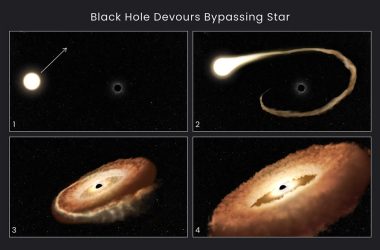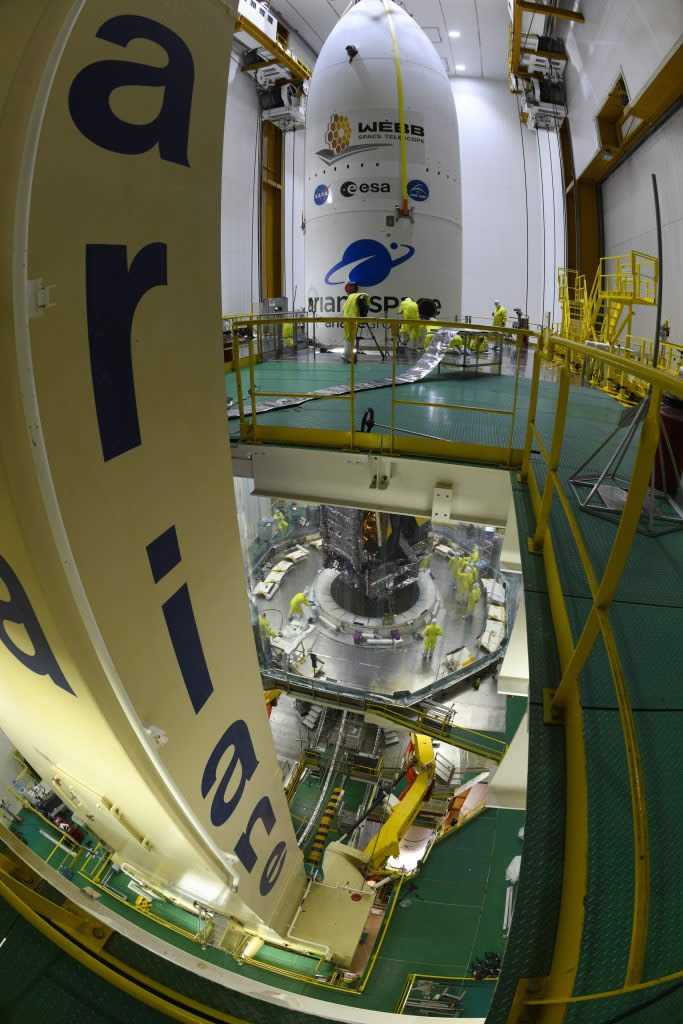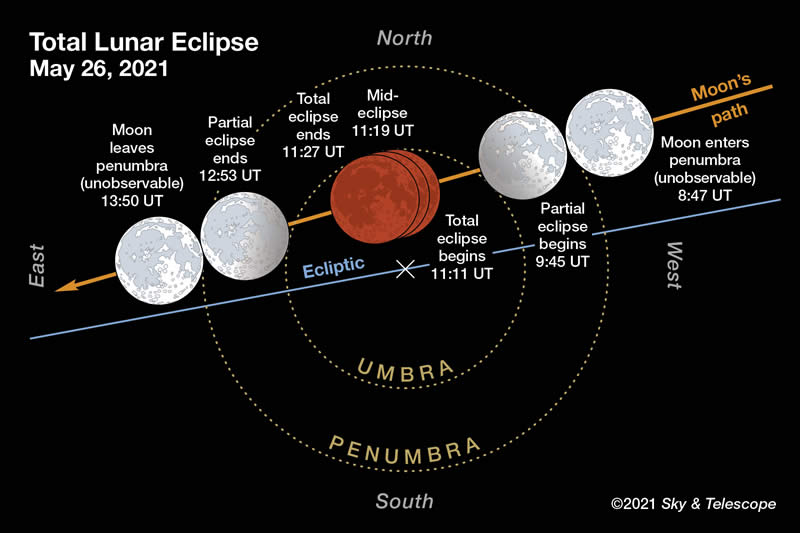
This icy, dirty snowball from the outer solar system, known formally as C/2013 US10 (Catalina), rounded the sun last month and is now headed for its closest approach to Earth on Jan. 17. The comet poses no threat to Earth, as it will pass a comfortable 67 million miles (108 million kilometers) at close approach. This image was captured on Dec. 16 at about 6 a.m. EST from Kathleen, Georgia using a Meade ETX80 telescope and Canon 7D camera. Credits: Greg Hogan
Washington, DC–(ENEWSPF)–December 31, 2015. Did you get a telescope or pair of binoculars under the Christmas tree? If so, you can put them to the test by searching the Eastern sky for a view of a fuzzy comet on or shortly after New Year’s Day.
Comet Catalina, formally known as C/2013 US10, is currently perched in the pre-dawn skies as it returns to the depths of space following a recent visit to the inner part of our solar system. Named for the NASA-funded Catalina Sky Survey at the University of Arizona in Tucson, the comet was discovered on Oct. 31, 2013.

The Catalina Sky Survey’s Schmidt-Cassegrain telescope discovered Comet Catalina (C/2013 US10) on Halloween 2013. The telescope is located on Mt. Bigelow in the Catalina Mountains, just north of Tucson. Credits: Catalina Sky Survey
Shortly after its discovery, precise orbit determination showed that Comet Catalina likely originated from the Oort Cloud, a spherical cloud of many billions of icy objects chaotically and loosely bound to the solar system. The passage of a relatively close star or fluctuations of gravitational tides from within our Milky Way galaxy can send these icy bodies on a journey inward.

The NEOWISE space survey telescope imaged Comet Catalina on Aug. 28 while the comet was still in the southern hemisphere. NEOWISE is in a sun-synchronous orbit and was brought out of hibernation two years ago. It is sensitive in two infrared bands (3.4 and 4.6 microns) to rapidly characterize asteroids and comets. Credits: NASA/JPL-Caltech

Comet Catalina is now outbound from the solar system, to continue its long journey into space. The faint object can now be observed with binoculars or a small telescope from the Earth’s Northern Hemisphere. Credits: NASA/JPL
Comet Catalina is a first-time visitor to the inner solar system, having reached perihelion (its closest point to the sun) at a distance of 76 million miles (122 million kilometers) on Nov. 15. As it slingshotted past the sun, the comet reached a velocity of 103,000 miles per hour (166,000 kilometers per hour) – almost three times faster than NASA’s New Horizons spacecraft as it flew past Pluto. Due to its high velocity, the comet is predicted to be on an escape trajectory from the solar system, never to return.
Weather permitting, the eastern pre-dawn sky provides an opportunity to see this faint interloper over the next few weeks. Unfortunately, the waning gibbous Moon will pose a challenge for skywatchers to locate Comet Catalina. At minimum, binoculars are required to view the comet, which will appear as a fuzzy envelope of ice and dust, known as a coma.
Perhaps the simplest way to find Comet Catalina is to first locate the Big Dipper in the pre-dawn sky. Note how the handle forms a sort of ‘arc.’ That ‘arc’ can be followed to the orange giant star known as Arcturus which, for those in the Northern Hemisphere, is the second brightest star in the sky and relatively easy to identify.
Guide to Arcturus

This simplified sky chart, using Stellarium planetarium software, can serve as an aid to find Comet Catalina on Jan. 1. The Big Dipper, particularly the ‘handle,’ easily guides the skywatcher to Arcturus. In turn, using binoculars to scan near the bright star will increase the odds of finding this rather faint comet. Credits: Stellarium/Rob Landis
Comet Catalina on New Year’s Morning

This graphic, also created using Stellarium, indicates the approximate position of Comet Catalina, tagged C/2013 US10 (Catalina), relative to the moon, planets and the bright star Arcturus in the pre-dawn sky (shortly before sunrise local time) on Jan. 1. Credits: Stellarium/David Cantillo
On New Year’s Day morning, Jan. 1, the comet will pass a mere 0.5 degrees – about the width of the moon – to the west of Arcturus. So if you head outdoors 60-90 minutes before dawn, let Arcturus serve as your guidepost (one ‘moon-width’ away) to find the faint, fuzzy patch of Comet Catalina. Of course, for optimal viewing, it’s recommended that you observe away from streetlights and city skyglow.
If you miss Comet Catalina, don’t despair. You can still be treated to an alternate planetary extravaganza in the morning sky where Venus gleams in the southeast. Just before dawn on New Year’s Day, Saturn will be about 8 degrees to the lower left of Venus; by Jan. 4 the pair will appear even closer together. On Jan. 6 and 7, the waning crescent moon slips by the planetary pair. And on the morning of Jan. 8, Venus and Saturn are separated by a mere 0.4 degrees (less than one moon-width).
The celestial dance continues through January so that near month’s end, the five planets known as the ‘ancients’ span the sky from the southeast to the southwest in the morning twilight. In order (across the southern sky) these are Mercury, Venus, Saturn, Mars and Jupiter.









